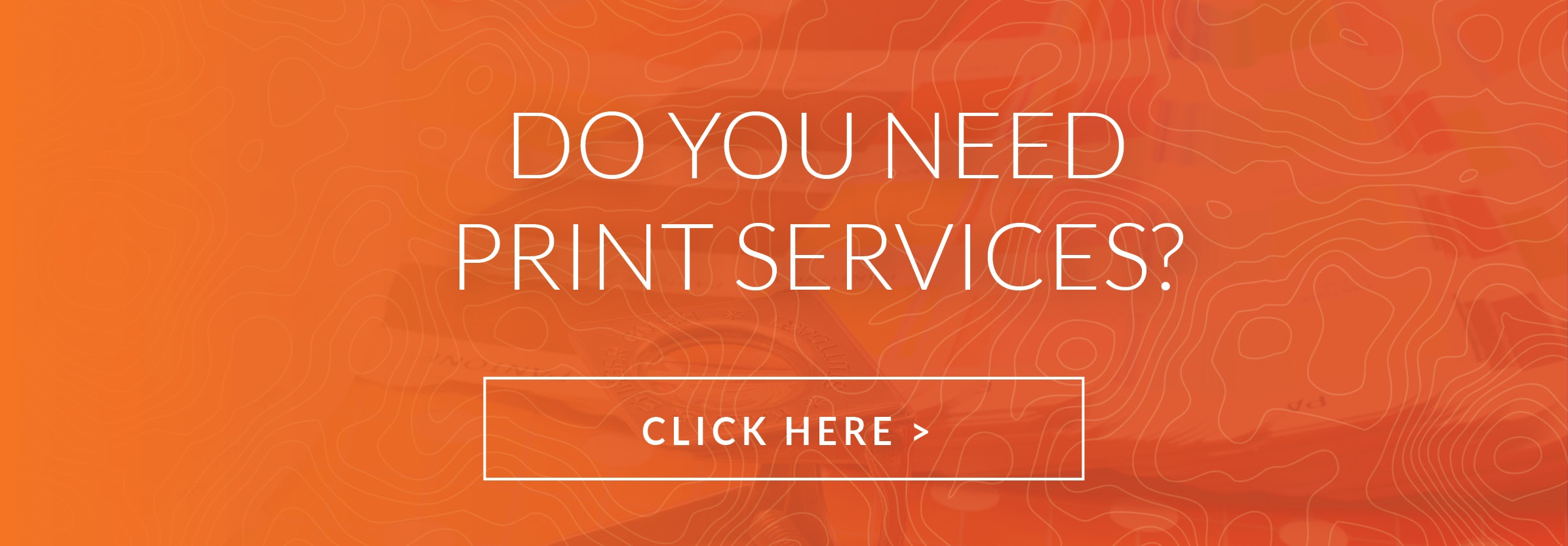People often refer to digital machines as 'big, expensive desktop printers.' They are big (most longer than the average compact car), and they are very expensive, which models ranging form $500,000 to $1 million plus!), and they do operate on the same basic principle as your desktop unit, that is where the similarities end. These are still very sophisticated machines designed to print with high quality and consistency. That being said, of course they have their limitations. Below is a list of advantages to both the Digital and Offset processes.
If you're not familiar with some of the printing terminology used here, check this out!
Advantages of Digital Printing:
1) Quick Turn-Around Time
Often the most important factor in the age of "I need these tomorrow". Cutting the Offset printing steps of burning plates and filling ink trays, not to mention virtually eliminating drying time all cut down on the time needed to produce a digital job. We generally turn digital jobs in 24-48 hours....Or less if you ask really nice!
2) Low Cost Short Runs
One of the largest drawbacks to offset printing is the high upfront cost. This is due to consumables like burning of the plates and ink. Also, more 'make-ready' is needed to calibrate the machine. These are factors that would make a run of 100 flyers cost $200 or more. Several models have built-in saddle stitching capabilities, which makes short run saddle stitch booklets a viable option
3) In-Line Variable Data
One of the most important advancements for Marketers is the ability to personalize postcards, letters, and other marketing materials. No longer is this a two step process of printing full color "shells" on the offset press and then going back to laser the variable data portion. Even more exciting is the ability to print full color variable data. This allows you to personalize images, logos for each person in your data set. Something that simply cannot be done with traditional offset printing.
Advantages to Offset Printing:
1) Cost Effective at High Volumes
We talked about the higher front end costs of Offset Printing, burning plates, ink, make-ready, etc. However, when they get up to speed they really hum.... think 15,000 - 18,000 sheets per hour! The following statement is true of both digital and offset printing, but particularly applies to offset printing: As quantity increases, price per piece decreases. 1,000 postcards should always cost less per piece than 500 postcards.
2) Larger Sheet Size
Most common digital machines on the market today have a maximum sheet size of 13 x 19". This isn't large enough to print standard 9 x 12" pocket folders for instance. The larger sheet size (23 x 29", or 26 x 40" for instance), allows you to fit more pieces on one sheet at a time which is a large factor in bringing costs down on larger runs.
3) Image Quality and Color Consistency
Digital printing equipment has come a long way in terms of image quality. However, due to the larger dot pattern used by digital machines, the image isn't as crisp as with an offset machine. Color can be controlled more effectively by the operator.
So it would seem the fight ends in a draw, wouldn't it? Evaluation of the best process should be done on a job by job basis. Keep the above in mind when you are sending specifications to your print partner. If you're in doubt, ask them to quote it both ways and ask to see samples of similar jobs.



